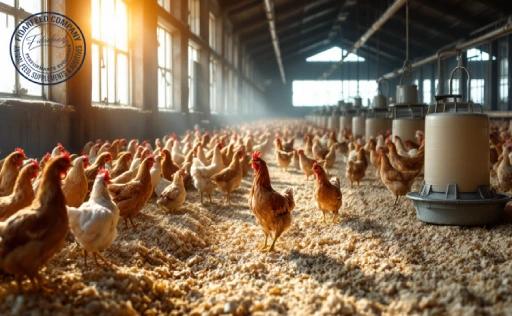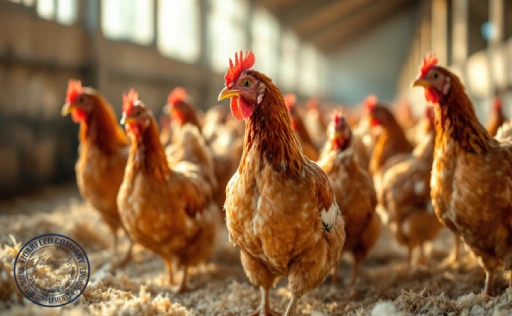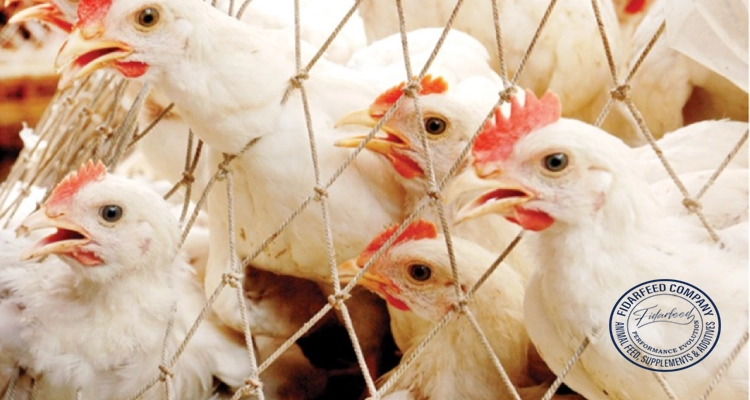
Probiotics for Poultry Farming have emerged as one of the most effective, natural ways to enhance bird health and optimize performance. Whether you’re an experienced breeder or just getting started, understanding the role of probiotics can transform your poultry operation. In this guide, we’ll explore what probiotics are, why they matter, and how you can use them to maintain healthier flocks and improve production outcomes. Read on to discover practical strategies and science-backed insights you can apply today.
Why Probiotics for Poultry Farming Are More Important Than Ever
Modern poultry farming faces rising challenges—disease outbreaks, antibiotic resistance, and performance fluctuations. Probiotics offer a natural and sustainable solution.
Learn more about: Probiotic Supplement for Poultry
As breeders look for safer, more reliable ways to improve flock health, probiotics are gaining ground due to their proven effects on digestion, immunity, and growth rates. With increasing pressure to reduce antibiotic use, these beneficial microbes are not just helpful—they’re essential.
What Are Probiotics and How Do They Work in Poultry?
Probiotics are live microorganisms that, when administered in adequate amounts, provide health benefits to the host. In poultry, they colonize the gut, where they help balance intestinal flora. This balance plays a crucial role in preventing the overgrowth of harmful bacteria such as Salmonella or E. coli. By enhancing gut microbiota, probiotics also improve nutrient breakdown and absorption, supporting growth and energy.

The Science Behind Probiotics: Gut Health Equals Better Performance
A healthy gut is the foundation of poultry productivity. Scientific research shows that probiotics positively influence gut morphology—improving villi length and crypt depth, which enhances nutrient uptake.
Learn more about: Understanding Chicken Feed Stages: A Complete Guide for Poultry Farmers
This means birds get more energy and protein from the same amount of feed. Studies also show that probiotic-fed birds have better feed conversion ratios (FCR) and faster weight gain without compromising health.
Key Benefits of Using Probiotics in Poultry Farming
Using probiotics in your poultry feed routine can result in:
- Improved digestion and absorption
- Stronger immune response
- Reduced incidence of diarrhea and gut infections
- Faster growth and improved FCR
- Less dependence on antibiotics
Additionally, probiotics help maintain a stable gut environment even during stressful events such as transportation, vaccination, or sudden diet changes.
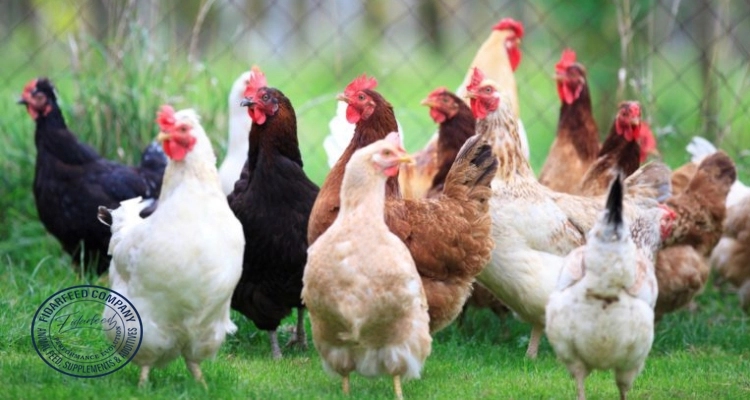
Probiotics vs. Antibiotics: A Healthier Alternative for Your Flock
For years, antibiotics were the go-to solution for disease prevention and growth promotion. However, overuse has led to resistant strains and regulatory restrictions.
Learn more about: Optimizing Poultry Diets: Processed Meat Meal in Animal Feed for Enhanced Protein
Probiotics offer a safer alternative. Instead of killing bacteria broadly like antibiotics do, probiotics promote a healthy balance of good bacteria, naturally outcompeting pathogens. This approach supports both animal welfare and long-term farm sustainability.
Choosing the Right Probiotic for Your Poultry Farm
Not all probiotics are the same. When selecting a product, consider:
- Strain diversity: A mix of Lactobacillus, Bacillus, and Enterococcus can offer broader benefits.
- Viability: Choose products with guaranteed live counts until expiration.
- Compatibility: Ensure the product suits your feeding system—water, feed, or gel form.
Consult with a nutrition expert to match probiotic strains with your specific farm needs, especially if you have past health issues or feed limitations.
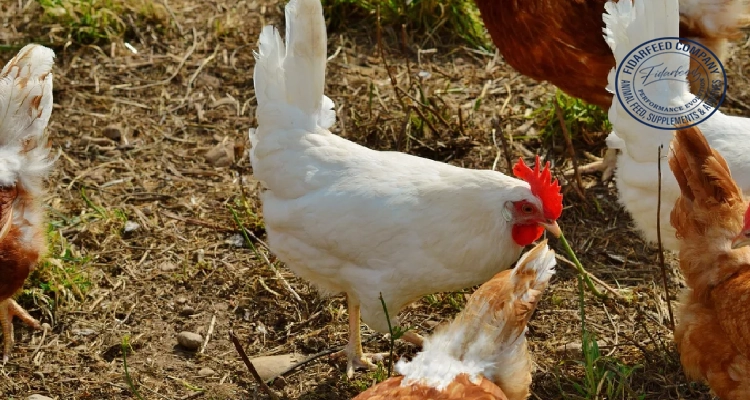
How and When to Administer Probiotics to Poultry
Timing is everything. Probiotics can be administered:
- At hatch or day-old stage: Early colonization helps set a strong microbial foundation.
- During feed changes: To reduce stress and maintain gut stability.
- After antibiotic treatment: To restore healthy gut flora.
Learn more about: The Ultimate Poultry Breeder Management Guide: Boost Your Flock’s Productivity
Methods of administration include mixing with feed, dissolving in drinking water, or using oral gel sprays. Consistency is key—regular supplementation yields the best results.
Common Mistakes to Avoid When Using Probiotics in Poultry
Despite their benefits, probiotics can be less effective when misused. Avoid these common errors:
- Incorrect dosage: Under-dosing won’t deliver benefits; overdosing is wasteful.
- Poor storage: Heat, moisture, or prolonged exposure to light can kill live microbes.
- Mixing with incompatible additives: Some medications or high-acid environments can reduce probiotic viability.
Always follow manufacturer guidelines and store probiotics in cool, dry conditions.

Real-World Results: How Probiotics Improved Flock Performance
Numerous poultry breeders have reported significant improvements after integrating probiotics. For instance, a mid-scale breeder who struggled with recurring enteritis saw a 40% drop in mortality and notable feed efficiency gains after introducing a daily probiotic supplement. Another case involved layer hens showing better eggshell quality and production consistency.
Learn more about: Active Probiotic Yeast for Poultry
These results are not isolated. They reflect what research has consistently shown: a healthier gut equals a healthier, more productive bird.
Conclusion: Making Probiotics a Smart Part of Your Poultry Farming Strategy
Probiotics for poultry farming are more than just a trend—they’re a game-changer. By boosting gut health, they unlock better growth, higher resistance to disease, and more predictable performance outcomes. Whether you’re raising broilers or layers, integrating the right probiotic protocol can make a significant difference.
Take action today: review your current flock health, feeding routines, and performance goals. Then consider how probiotics can help you meet—and exceed—those targets. If you have questions or want to share your own experience, we welcome your comments below. Let’s build healthier, more resilient flocks together.

